Recommended sushi restaurants in Chiba, Japan
-

Hokkaido Uosensuisan Chiba Station West Exit Store
Sushi restaurant in Chiba [SUSHILIVE comment] -


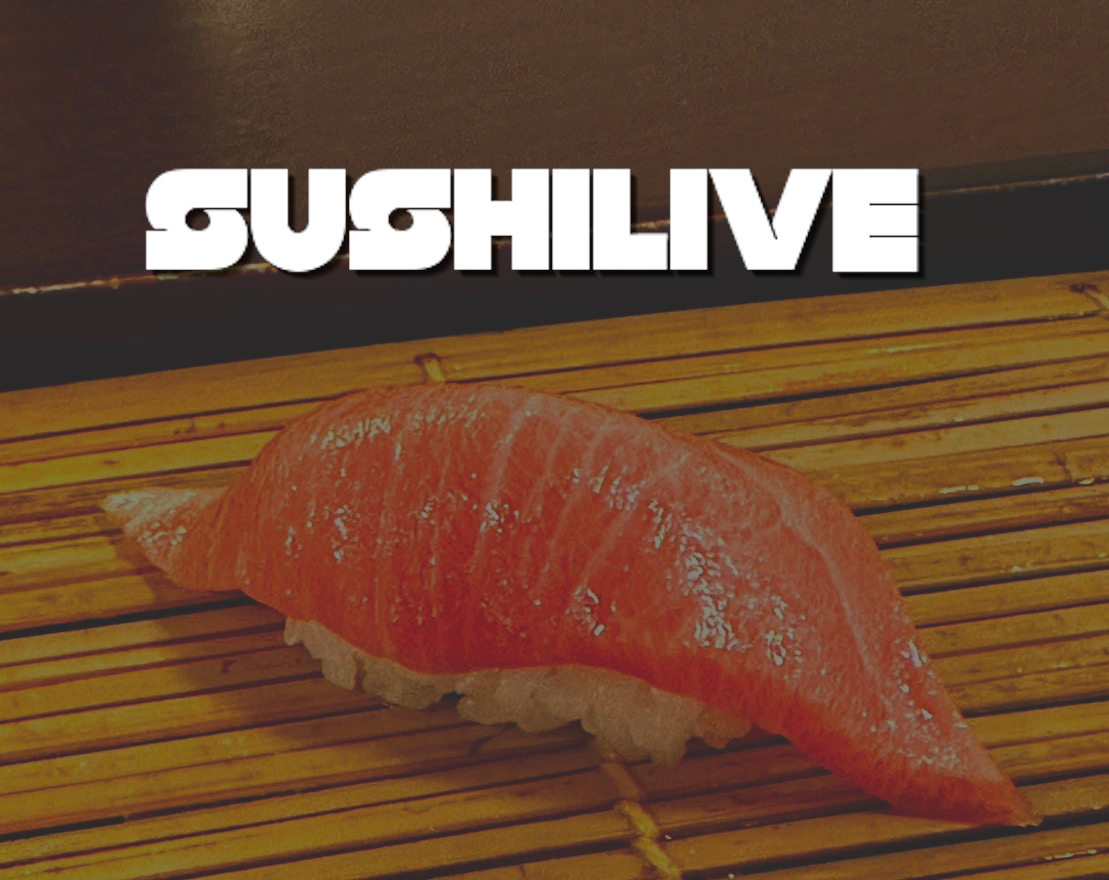
Sakaba Daiana Chiba Branch
Sushi restaurant in Chiba [SUSHILIVE comment] -



Sushi, Sake, and Snacks Sugitama Chiba Station East Exit
Sushi restaurant in Chiba [SUSHILIVE comment] -



Japanese and Chinese Cuisine Keiswi
Sushi restaurant in Chiba [SUSHILIVE comment] -



Sushi Yamato Kaihin Makuhari
Sushi restaurant in Chiba [SUSHILIVE comment] -



Sushi Kappo Midori
Sushi restaurant in Chiba [SUSHILIVE comment] -



Sushi Cutting and Cooking Air Sea
Sushi restaurant in Chiba [SUSHILIVE comment] -



Iyamiya Yamato, Ayumino
Sushi restaurant in Chiba [SUSHILIVE comment] -



Tofuro Kaihin-Makuhari Branch
Sushi restaurant in Chiba [SUSHILIVE comment] -



Kappa Sushi Ichihara
Sushi restaurant in Chiba [SUSHILIVE comment] -



Sushi Kappou Kobayashi
Sushi restaurant in Chiba [SUSHILIVE comment] -



Ichikou Ayumino
Sushi restaurant in Chiba [SUSHILIVE comment] -



Sushi Choshimaru, Higashi Terayama Branch
Sushi restaurant in Chiba [SUSHILIVE comment] -



Uobei Pier City Inage Kaigan Store
Sushi restaurant in Chiba [SUSHILIVE comment] -



Sushi Choshimaru Masa AEON STYLE Makuhari Bay Park
Sushi restaurant in Chiba [SUSHILIVE comment] -



Katsuura Hisashichi Maru
Sushi restaurant in Chiba [SUSHILIVE comment] -



Sushiro Kaihin-Makuhari
Sushi restaurant in Chiba [SUSHILIVE comment] -



Nitori Sugiyu Makuhari Kaihama
Sushi restaurant in Chiba [SUSHILIVE comment] -



Sushi Ko
Sushi restaurant in Chiba [SUSHILIVE comment] -



Sushiro Chiba Chuo
Sushi restaurant in Chiba [SUSHILIVE comment] -



Yuzuan Makuhari
Sushi restaurant in Chiba [SUSHILIVE comment] -


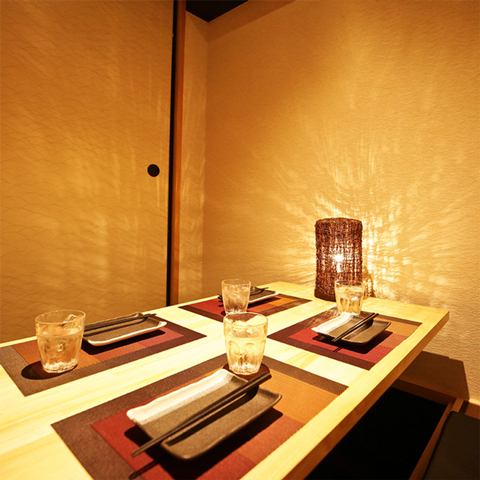
Private room×Meat sushi and creative Japanese cuisine Hayakawa Chiba
Sushi restaurant in Chiba [SUSHILIVE comment] -



Sakae Sushi
Sushi restaurant in Chiba [SUSHILIVE comment] -



Sushi Zamurai JR Chiba Ekimae Branch
Sushi restaurant in Chiba [SUSHILIVE comment] -



Sushiya Ginzo Chiba Chuo Branch
Sushi restaurant in Chiba [SUSHILIVE comment] -



Minato Sushi
Sushi restaurant in Chiba [SUSHILIVE comment] -



Kasuga Sushi
Sushi restaurant in Chiba [SUSHILIVE comment] -



pavilion housing the empress's reception hall (in the inner Heian Palace)
Sushi restaurant in Chiba [SUSHILIVE comment] -



Kasuga Kotsuji
Sushi restaurant in Chiba [SUSHILIVE comment] -



Tadasuke Kaihin-Makuhari Store (Chuusuke)
Sushi restaurant in Chiba [SUSHILIVE comment]
Recommended conveyor belt sushi restaurants in Chiba, Japan
-


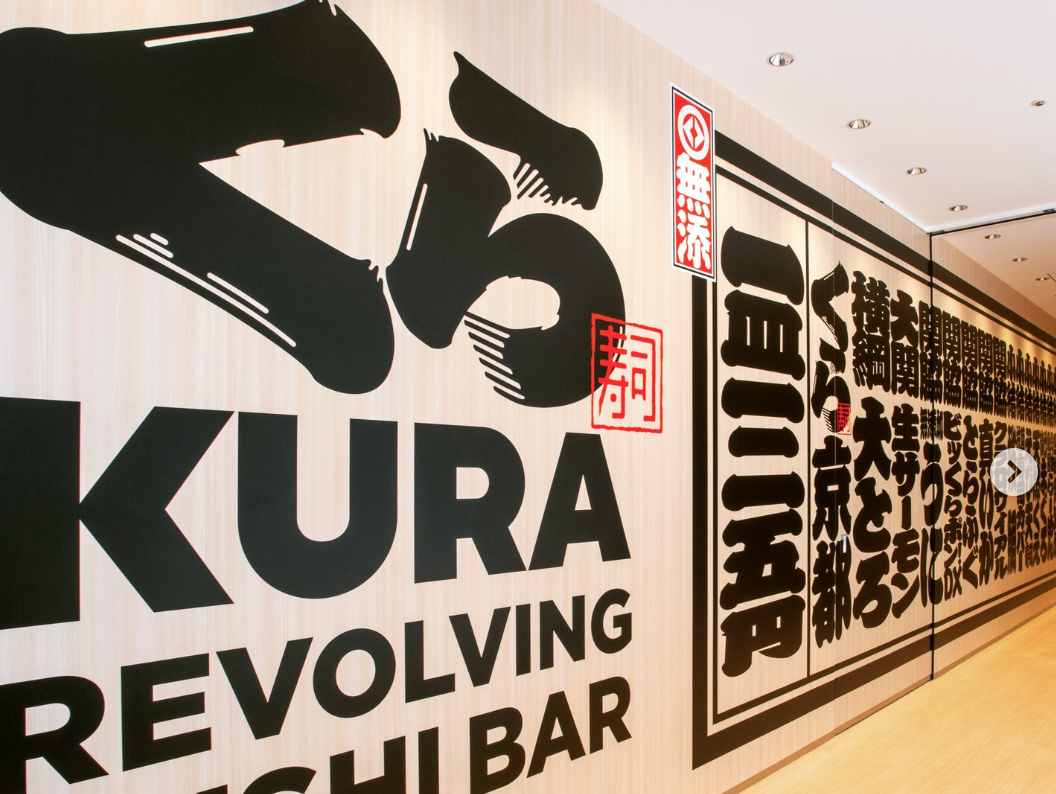
Kura Sushi Chiba Newtown Store
Sushi restaurant in Chiba [SUSHILIVE comment] -


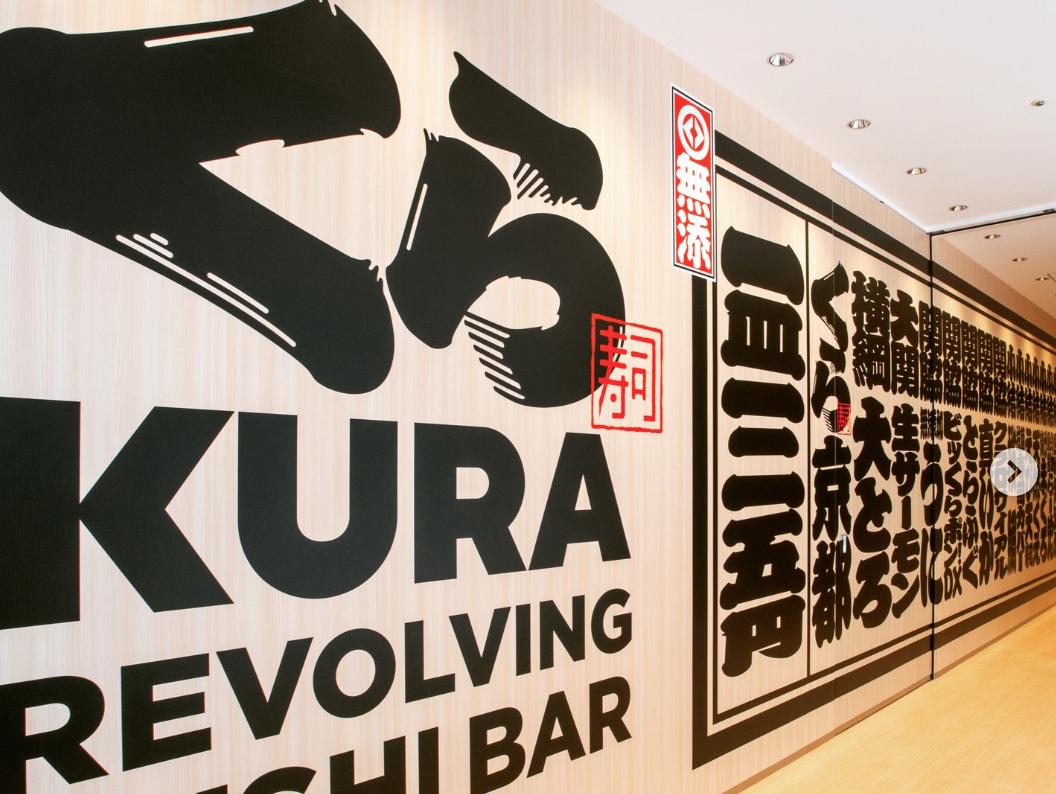
Kura Sushi Abiko Shopping Plaza
Sushi restaurant in Chiba [SUSHILIVE comment] -


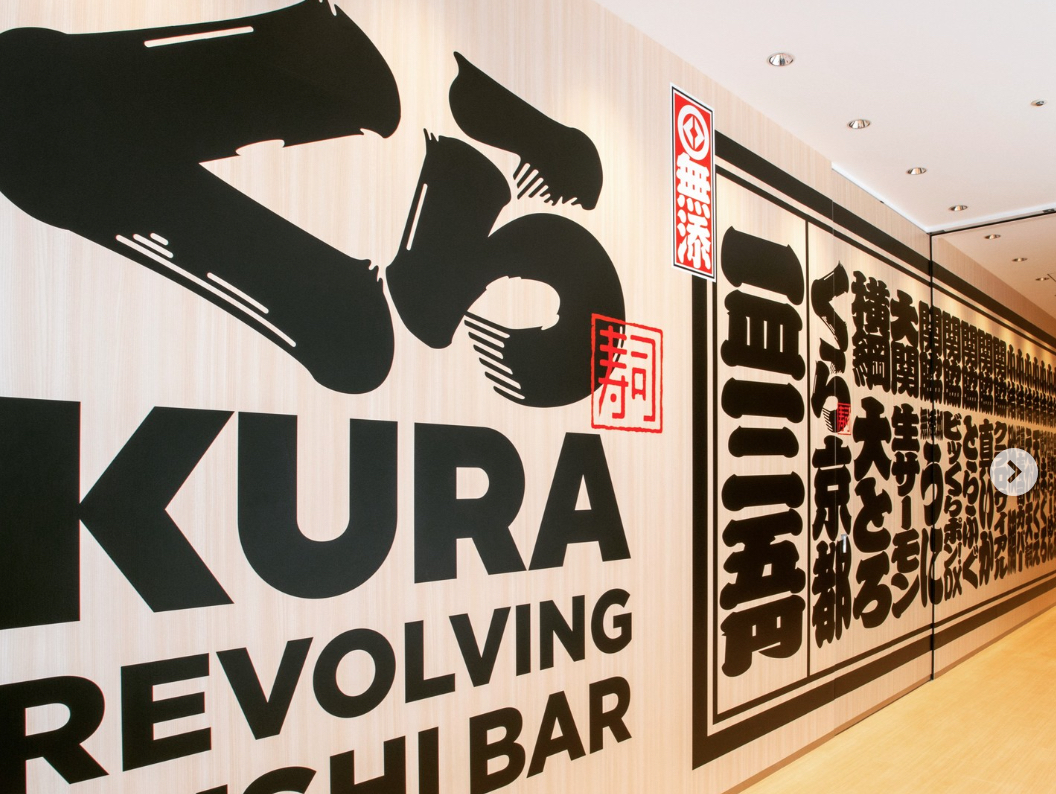
Kura Sushi Ichikawa Interchange
Sushi restaurant in Chiba [SUSHILIVE comment] -


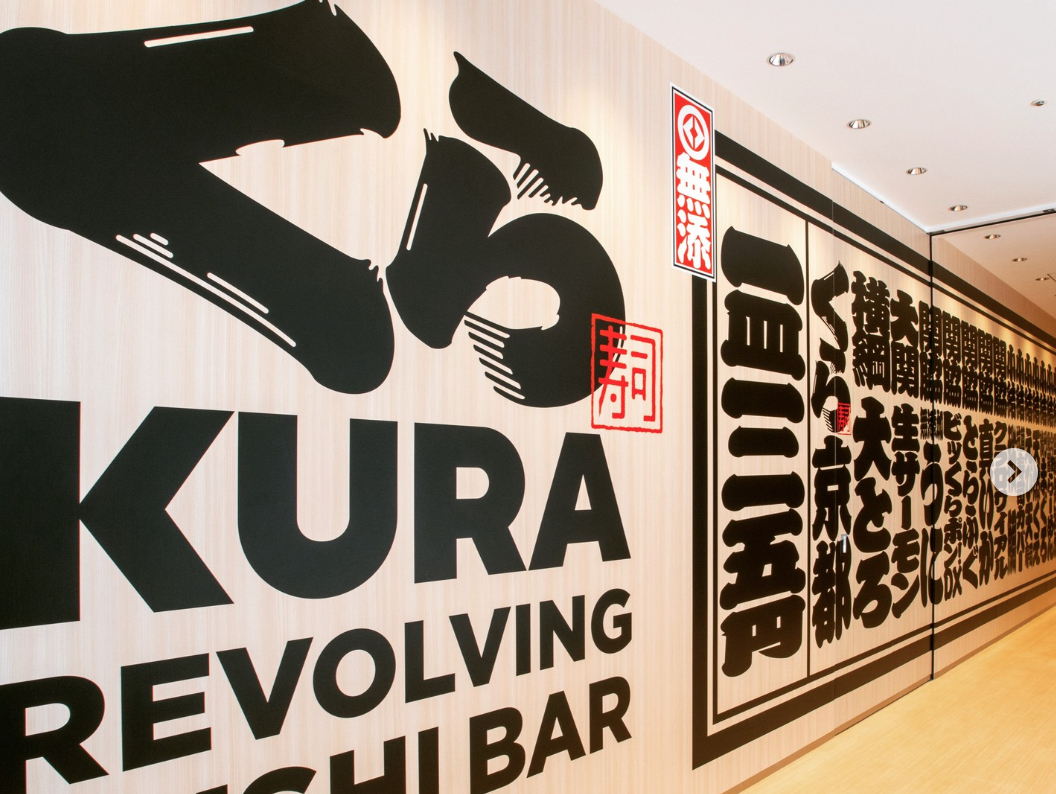
Kura Sushi Matsudo Goka Store
Sushi restaurant in Chiba [SUSHILIVE comment] -


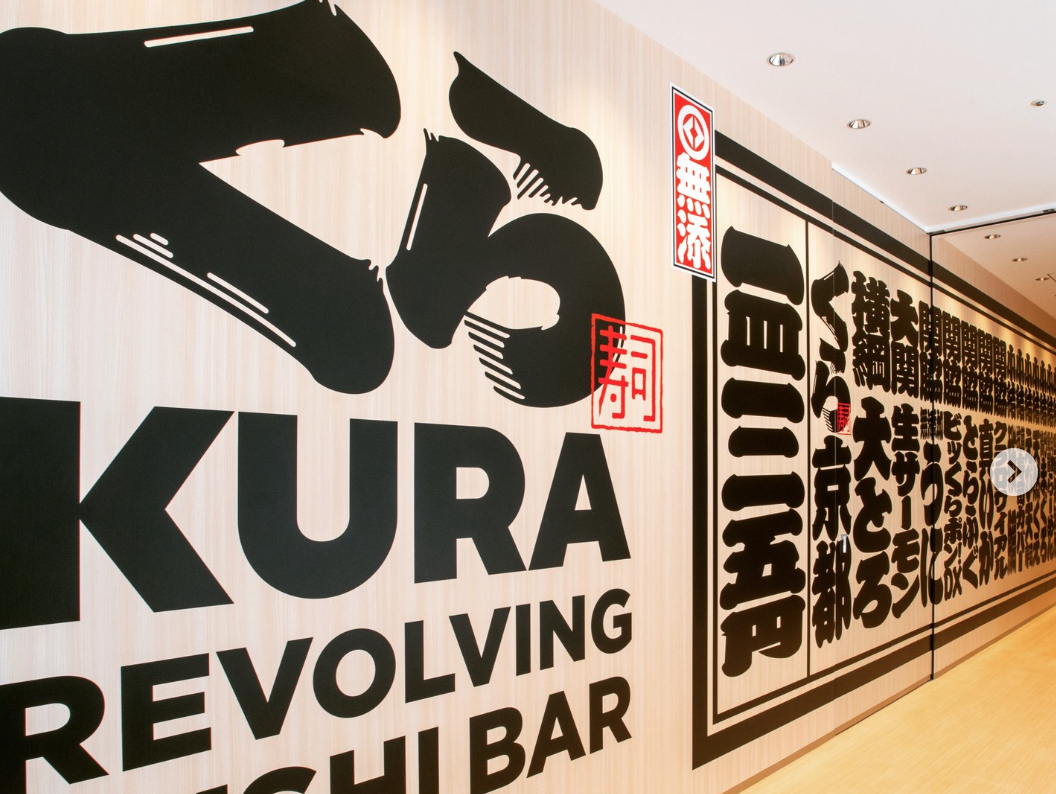
Kura Sushi Matsudo Nijusseigaoka Store
Sushi restaurant in Chiba [SUSHILIVE comment] -


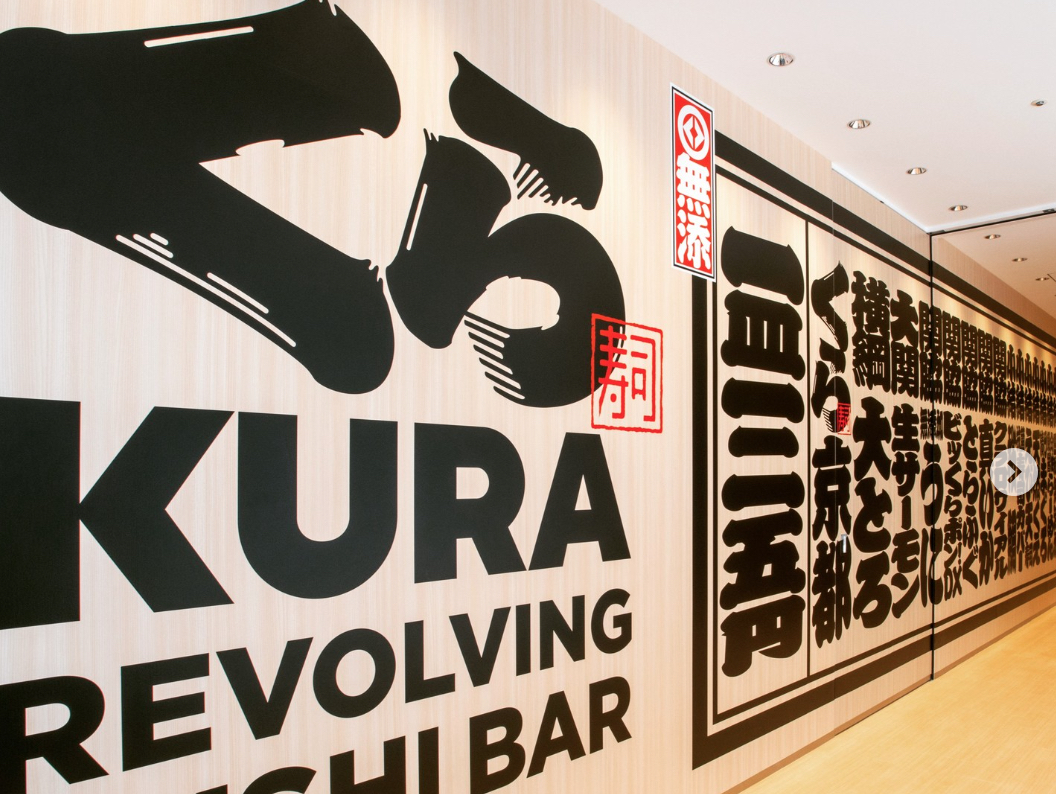
Kura Sushi Narita Tsuchiya
Sushi restaurant in Chiba [SUSHILIVE comment] -


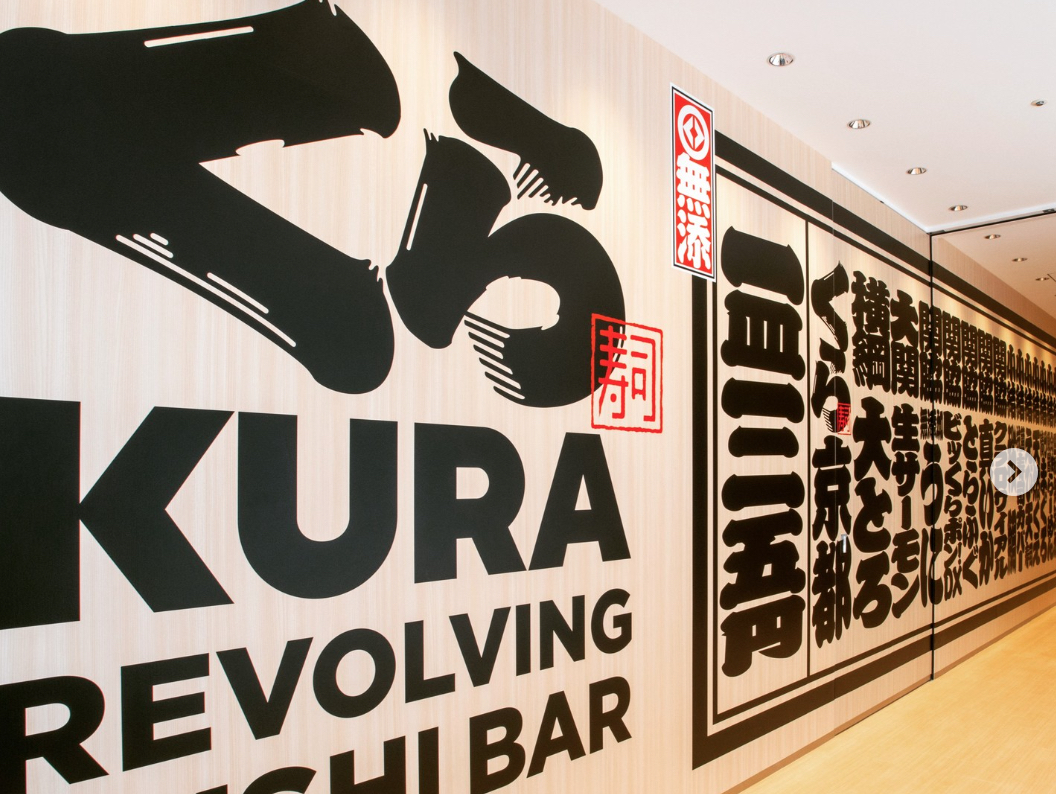
Kura Sushi Chiba Naganuma Store
Sushi restaurant in Chiba [SUSHILIVE comment] -


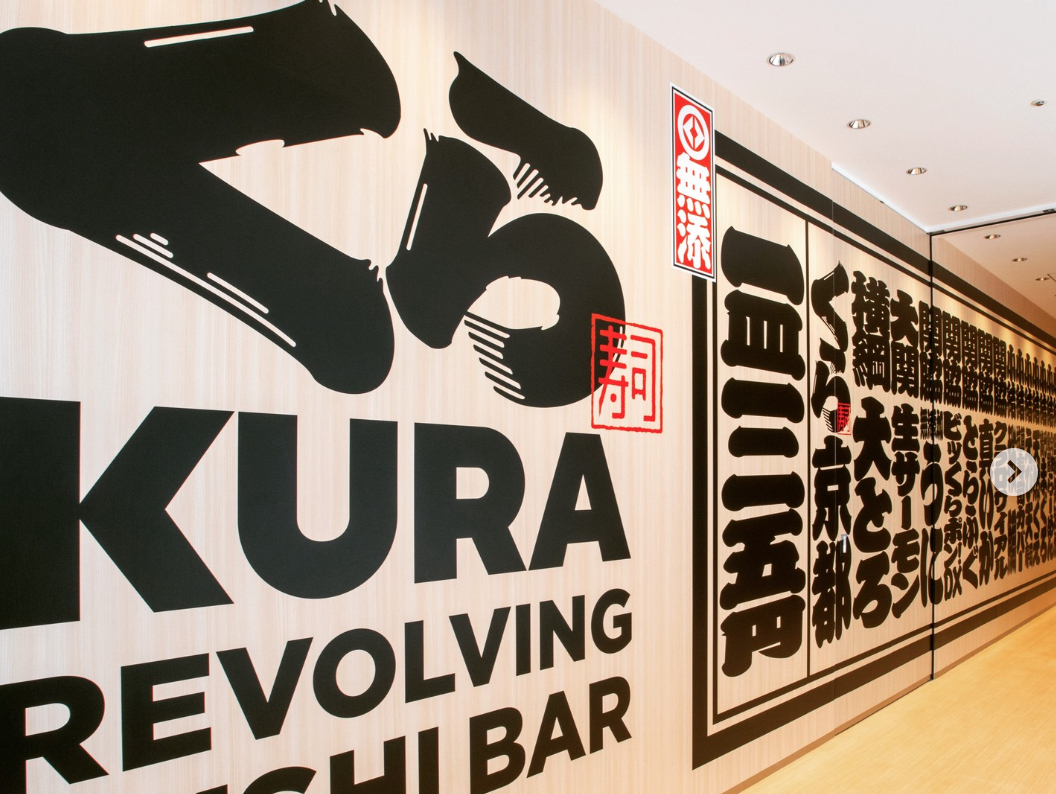
Kura Sushi Hsin Pao Dian, a store in Hsin Pao County, Taiwan
Sushi restaurant in Chiba [SUSHILIVE comment] -


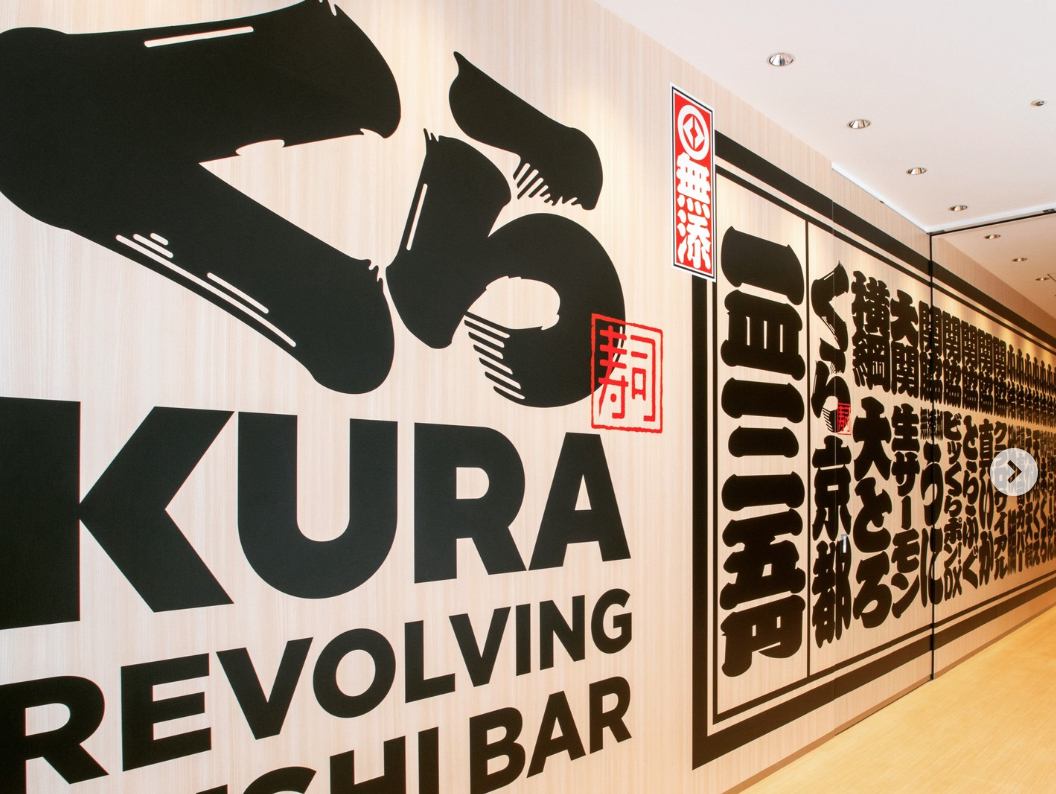
Kura Sushi Nitori Mohara
Sushi restaurant in Chiba [SUSHILIVE comment] -


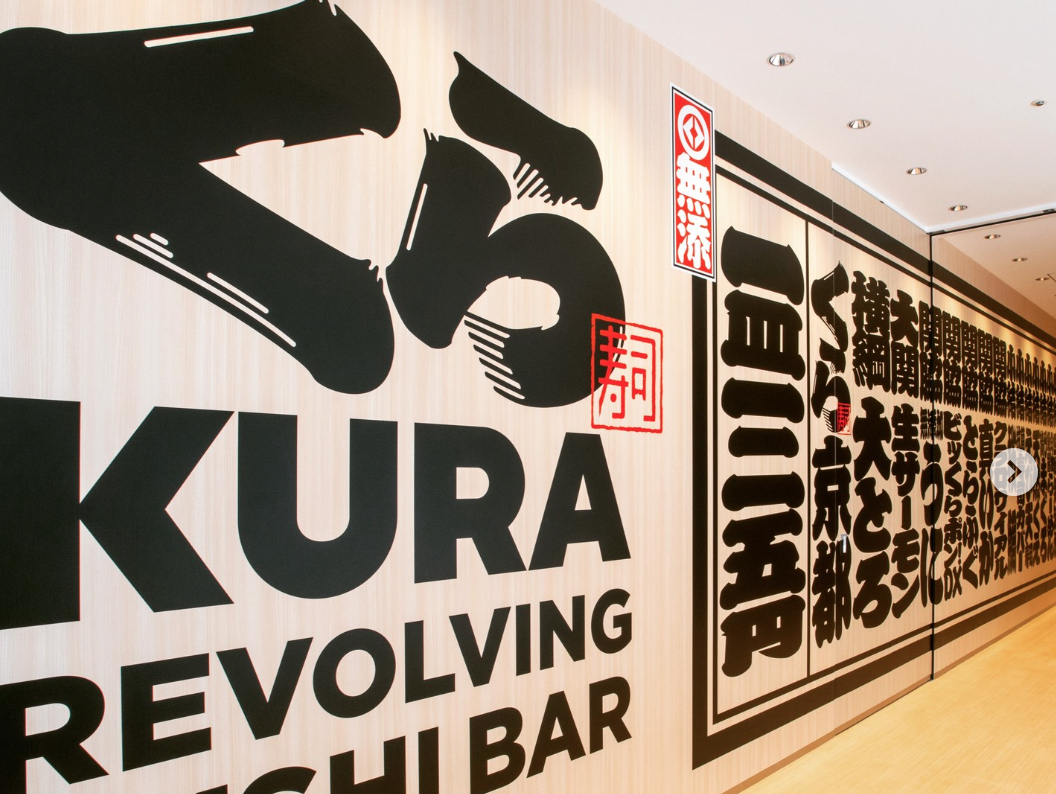
Kura Sushi Noda Store
Sushi restaurant in Chiba [SUSHILIVE comment] -


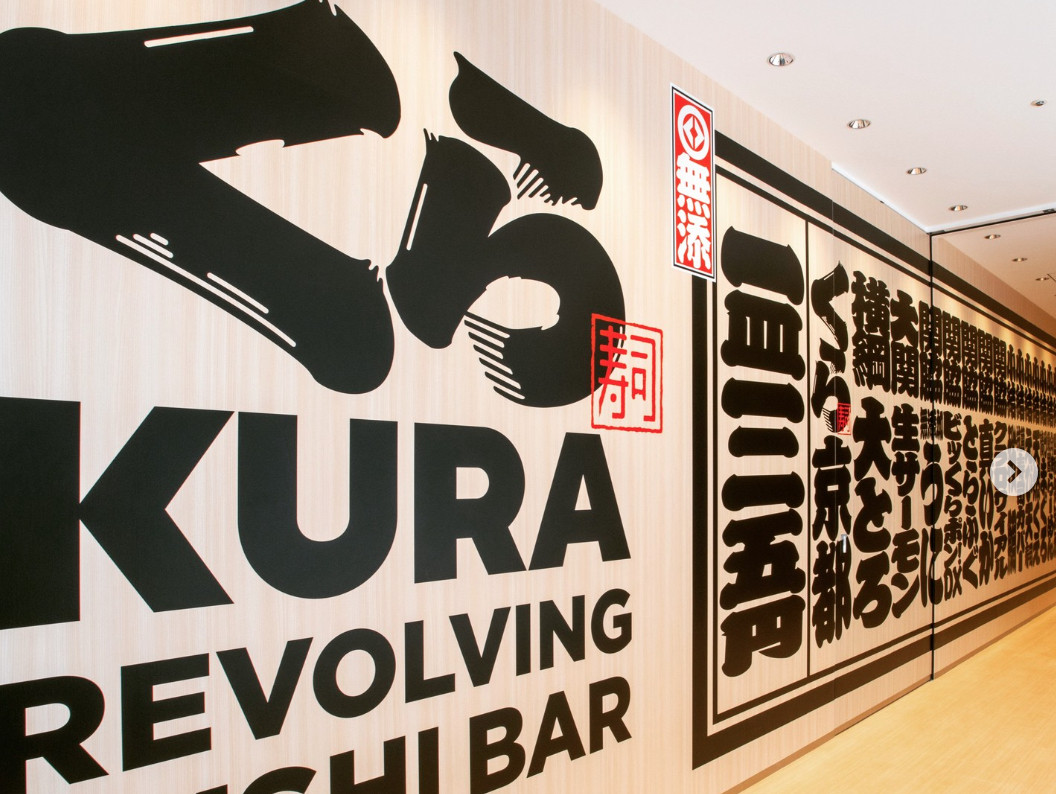
Kura Sushi Nitori Ryuuzan Aota
Sushi restaurant in Chiba [SUSHILIVE comment] -


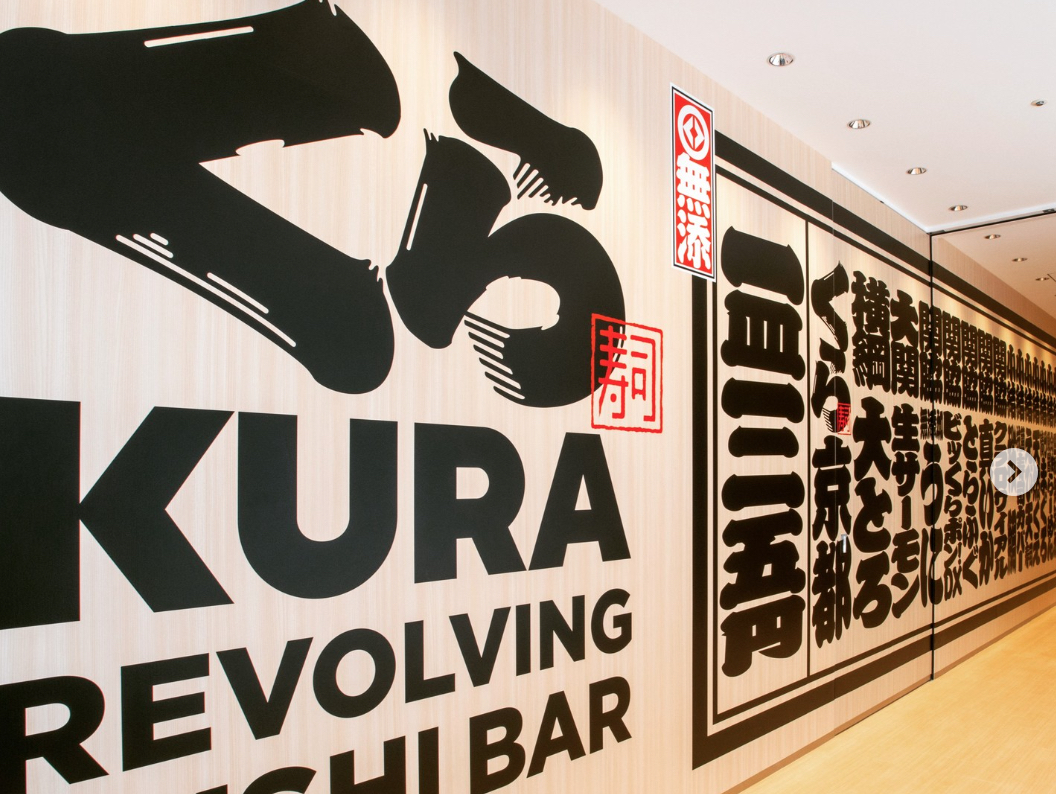
Kura Sushi Nitori Kisarazu Kaneda
Sushi restaurant in Chiba [SUSHILIVE comment] -


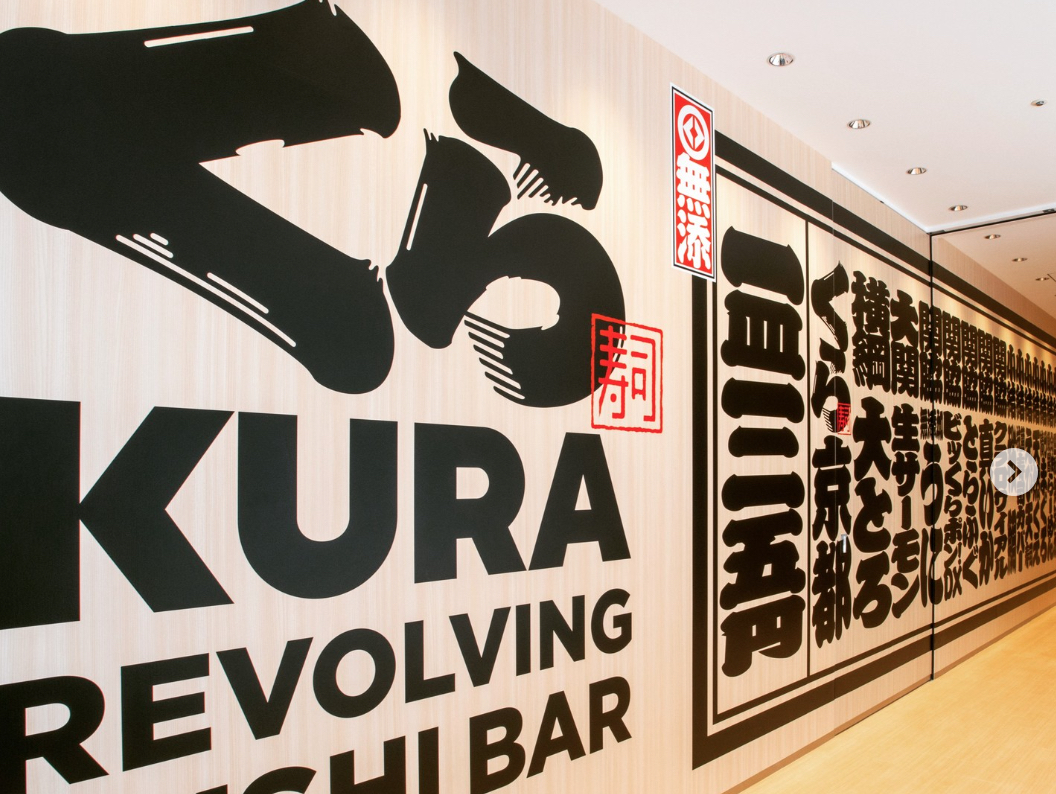
Kura Sushi Lalaport TOKYO-BAY Store
Sushi restaurant in Chiba [SUSHILIVE comment] -


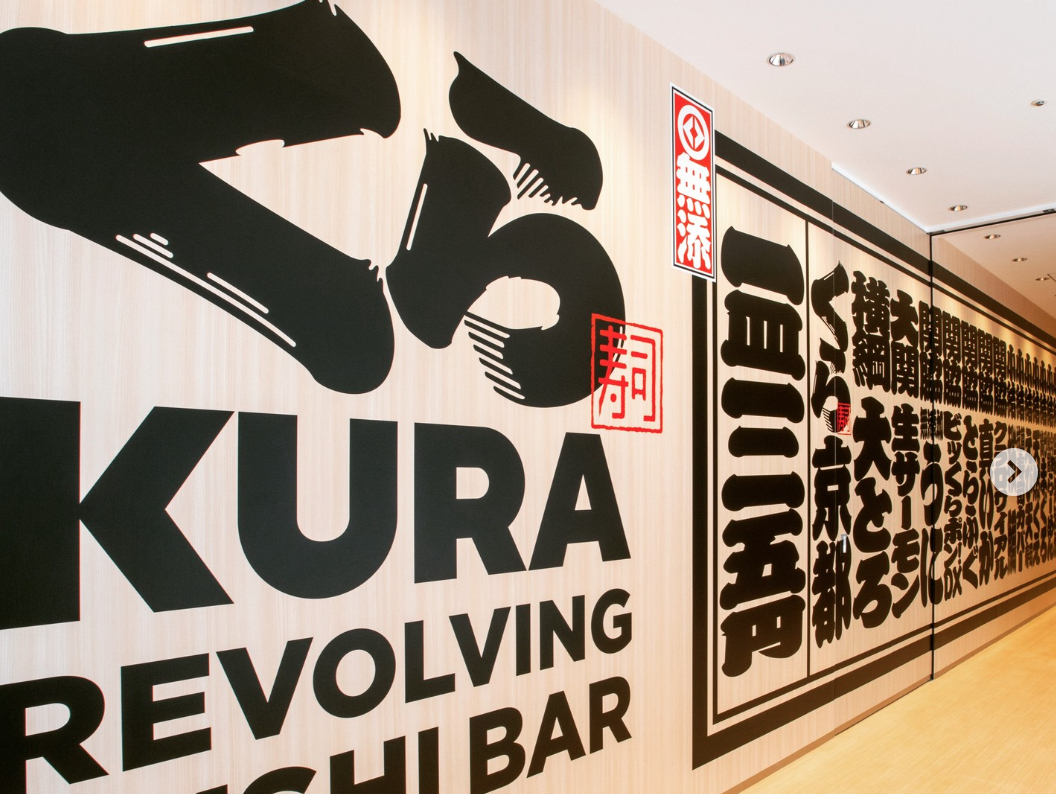
Kura Sushi Nanbai store
Sushi restaurant in Chiba [SUSHILIVE comment] -


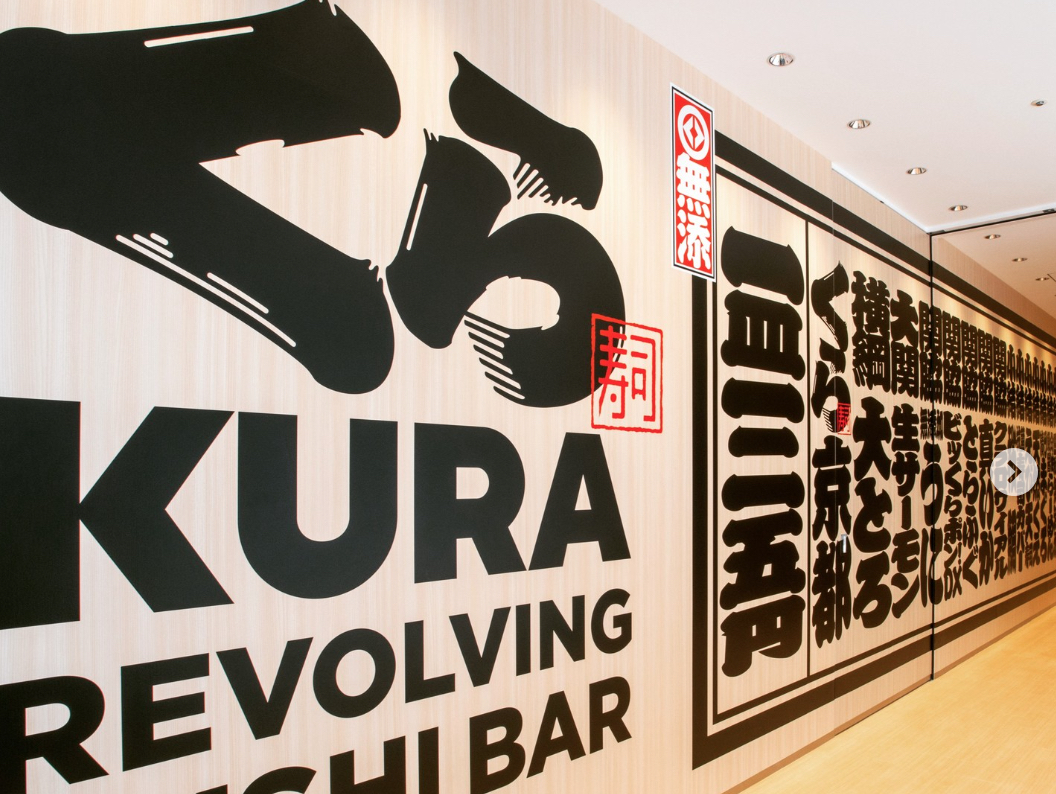
Kura Sushi Nitori Yachiyo
Sushi restaurant in Chiba [SUSHILIVE comment] -


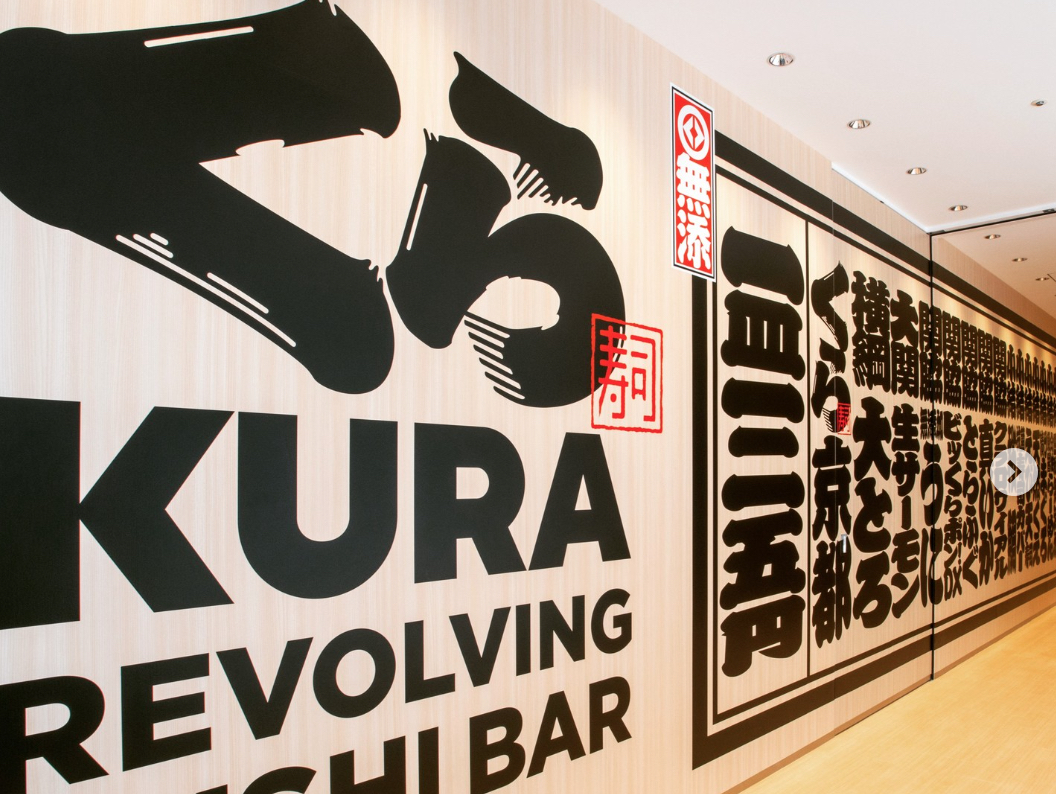
Kura Sushi Chiba Soga Branch
Sushi restaurant in Chiba [SUSHILIVE comment] -


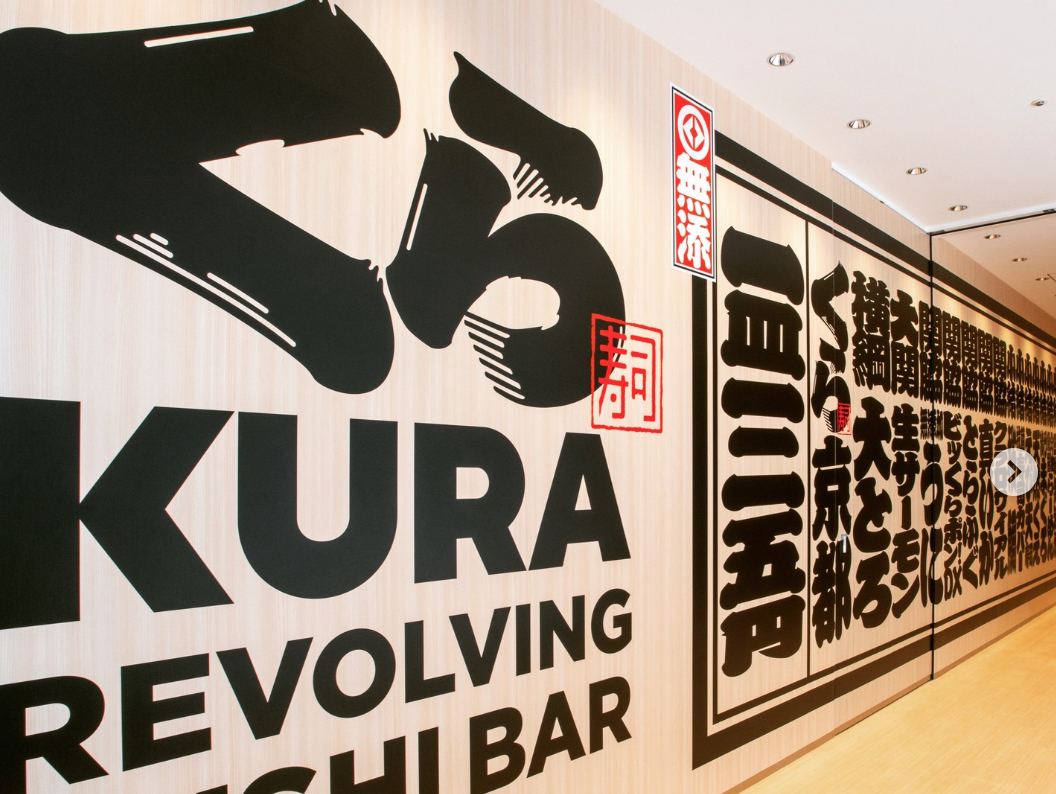
Kura Sushi Across Plaza Ichihara Sarashiki
Sushi restaurant in Chiba [SUSHILIVE comment] -


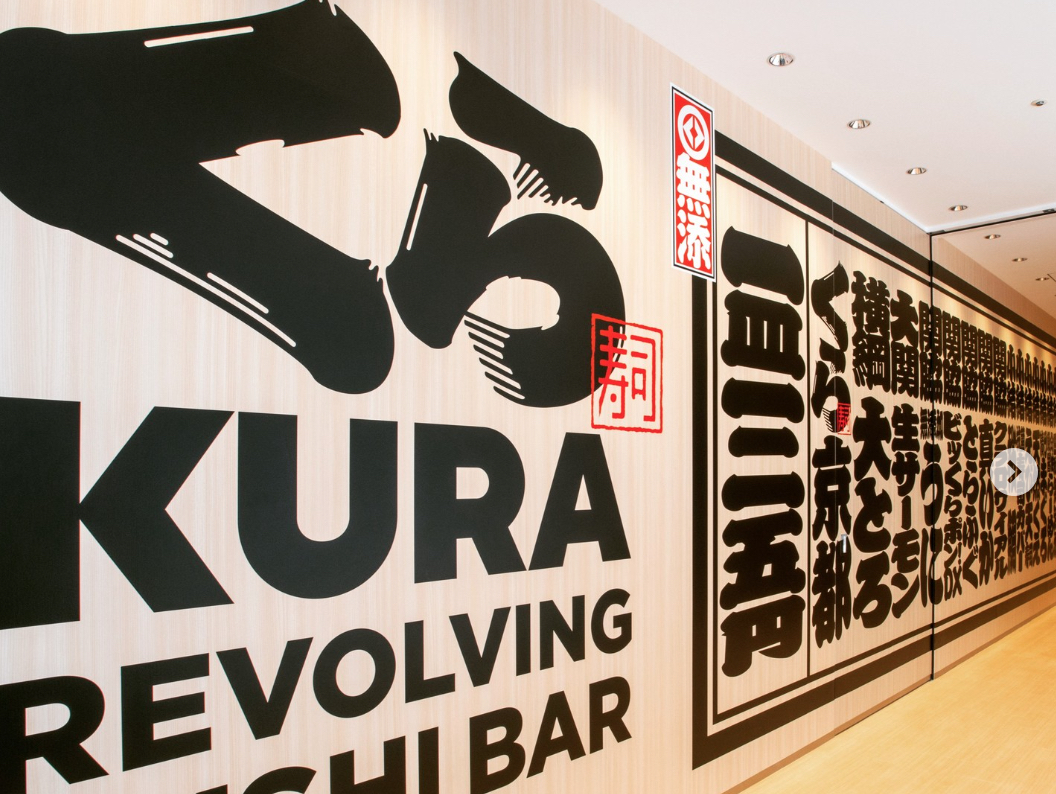
Kura Sushi Tung Kam Shop
Sushi restaurant in Chiba [SUSHILIVE comment] -


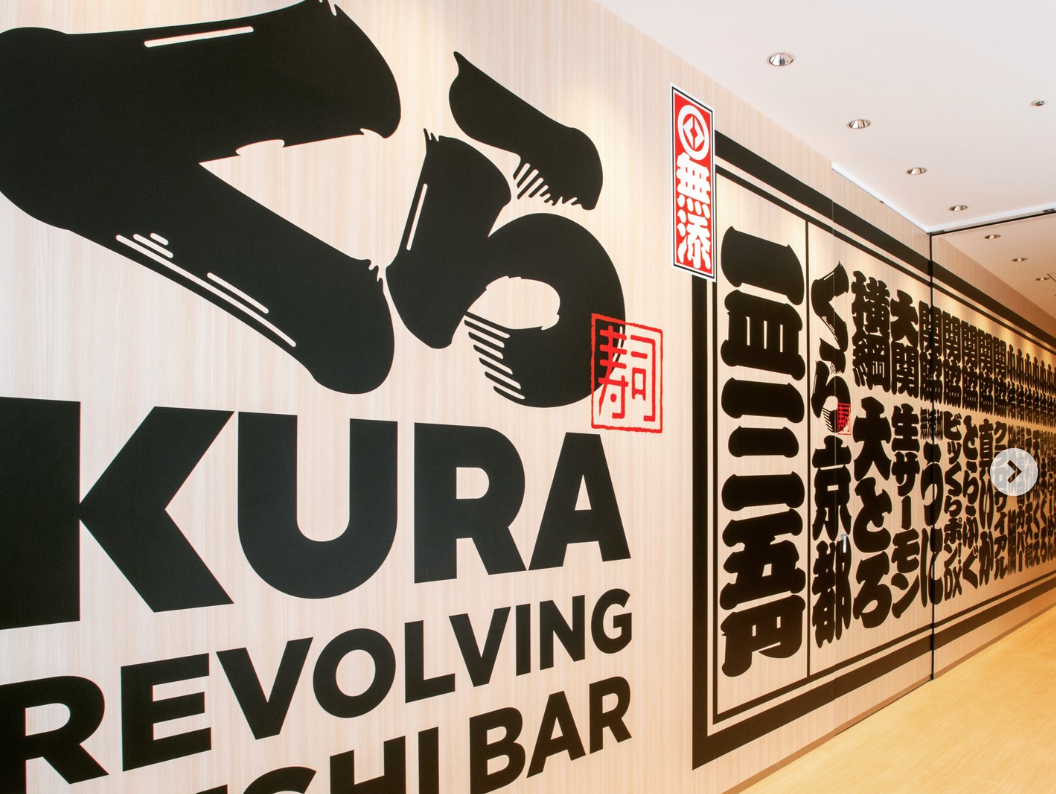
Kura Sushi Tsudanuma Ekimae Branch
Sushi restaurant in Chiba [SUSHILIVE comment] -


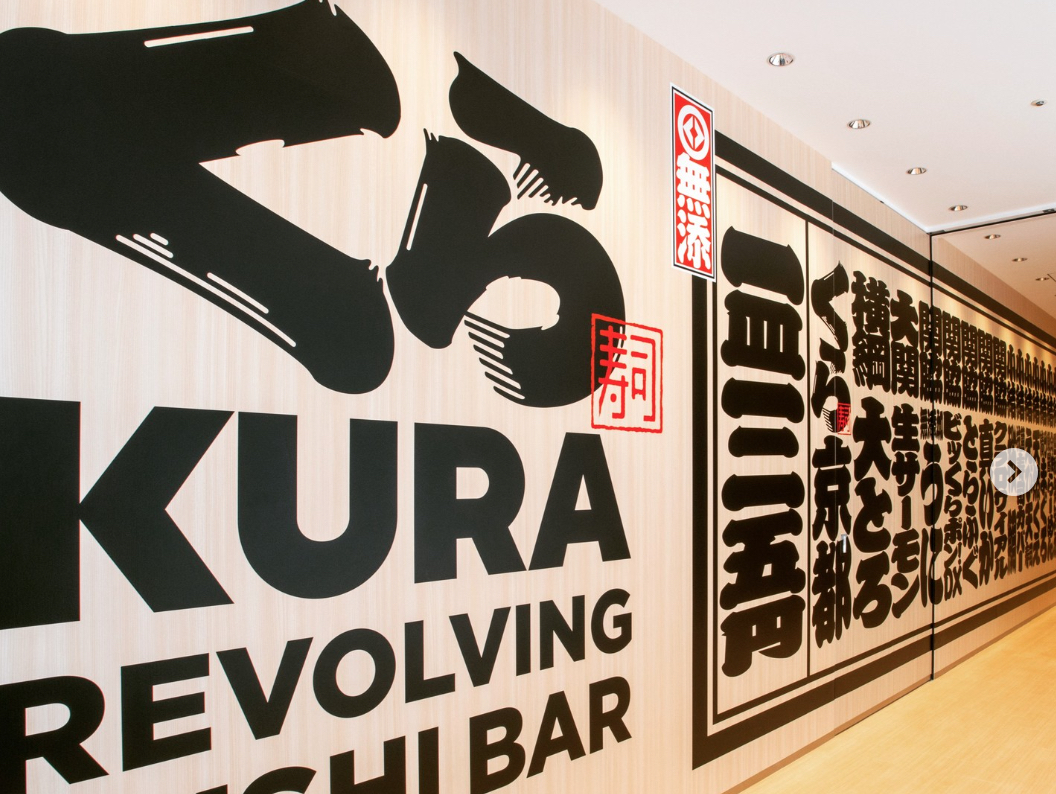
Kura Sushi Makuhari Store
Sushi restaurant in Chiba [SUSHILIVE comment] -


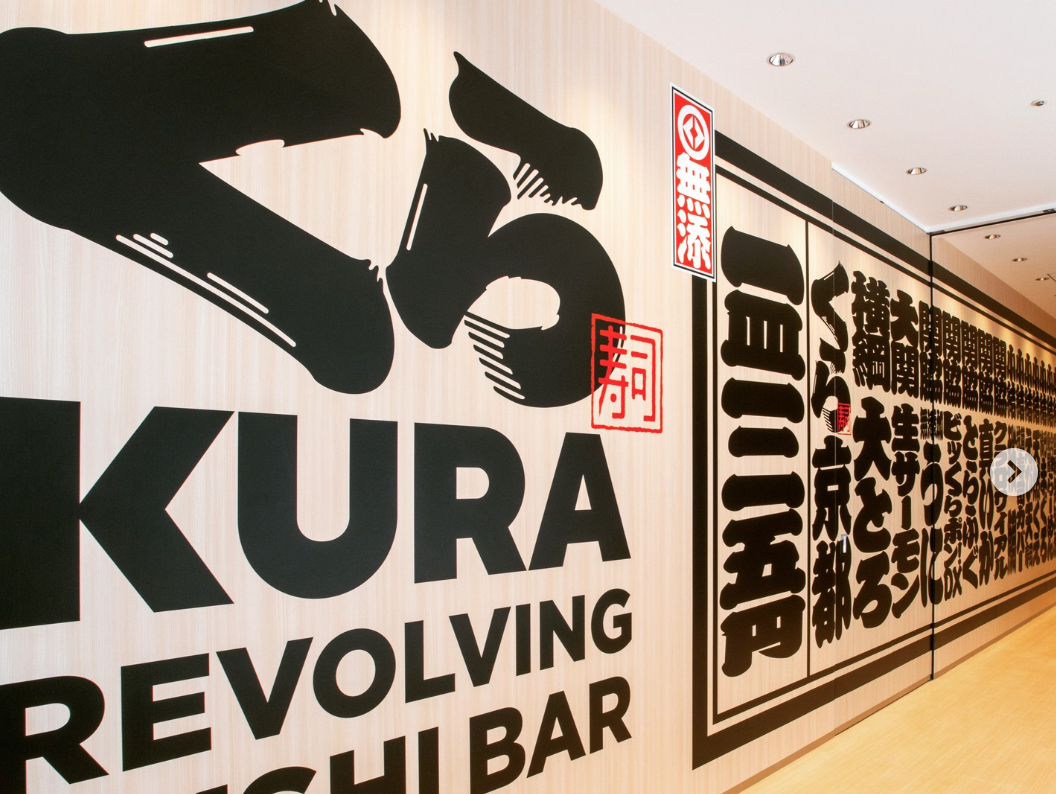
Kura Sushi Chiba High Store
Sushi restaurant in Chiba [SUSHILIVE comment] -


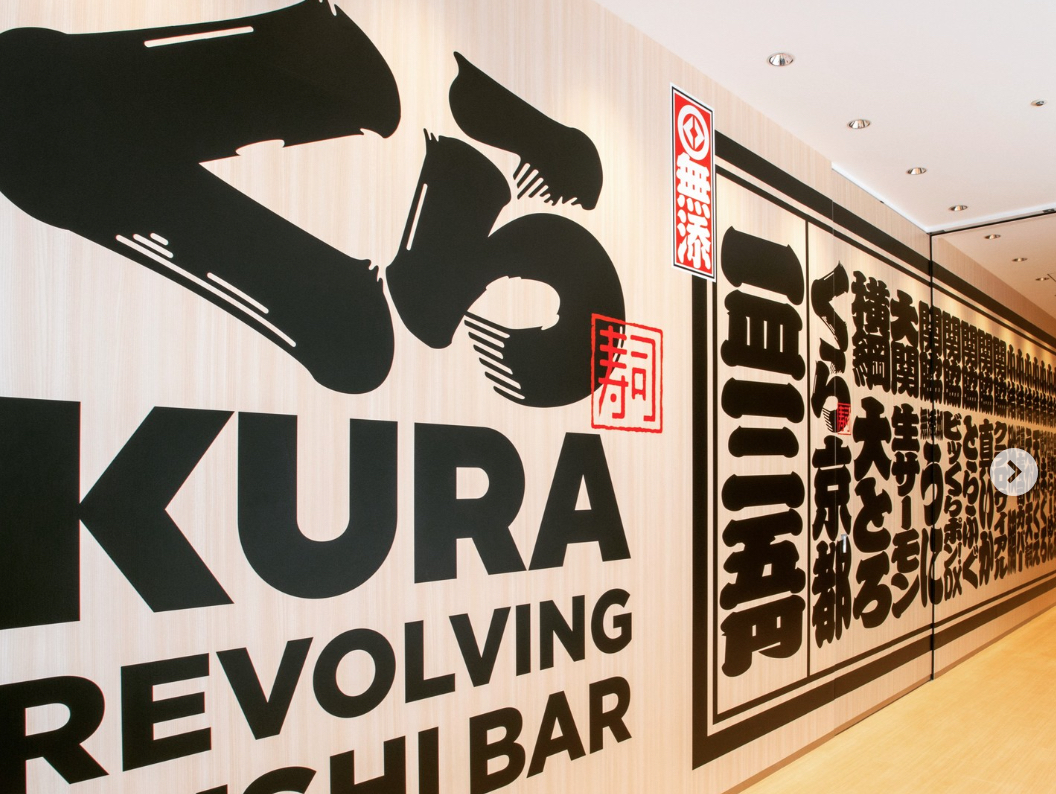
Kura Sushi Chiba Ekimae Branch
Sushi restaurant in Chiba [SUSHILIVE comment] -


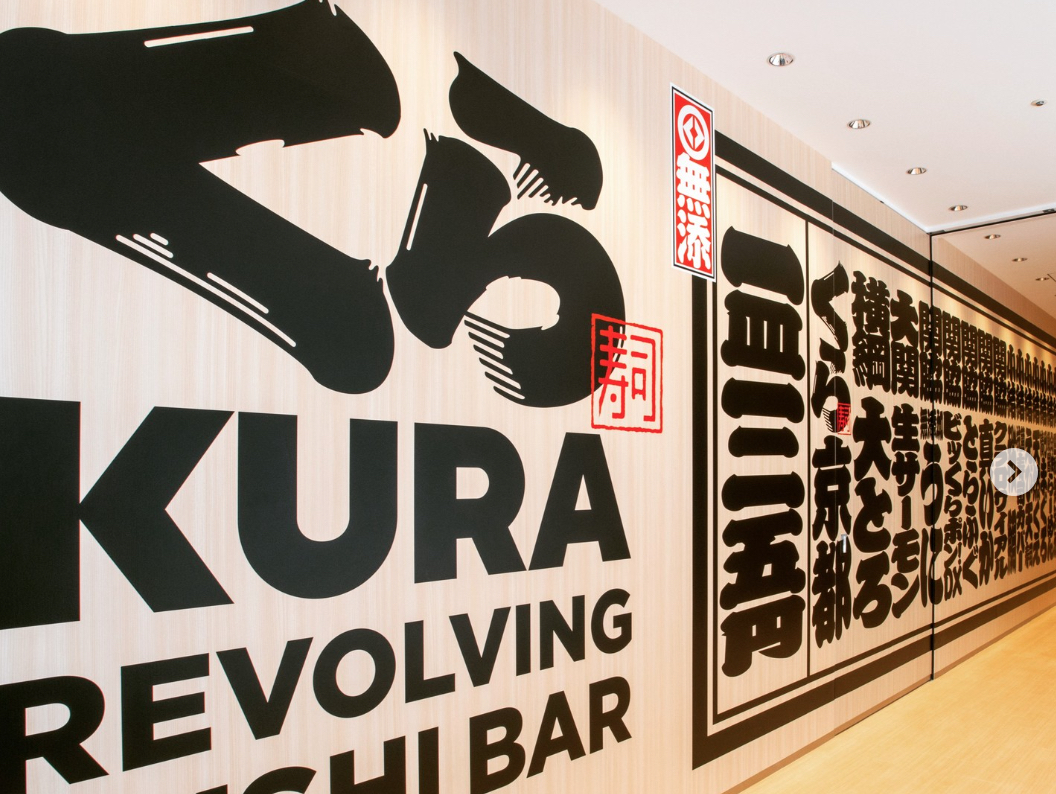
Kura Sushi Unimo Chiharadai Store
Sushi restaurant in Chiba [SUSHILIVE comment] -


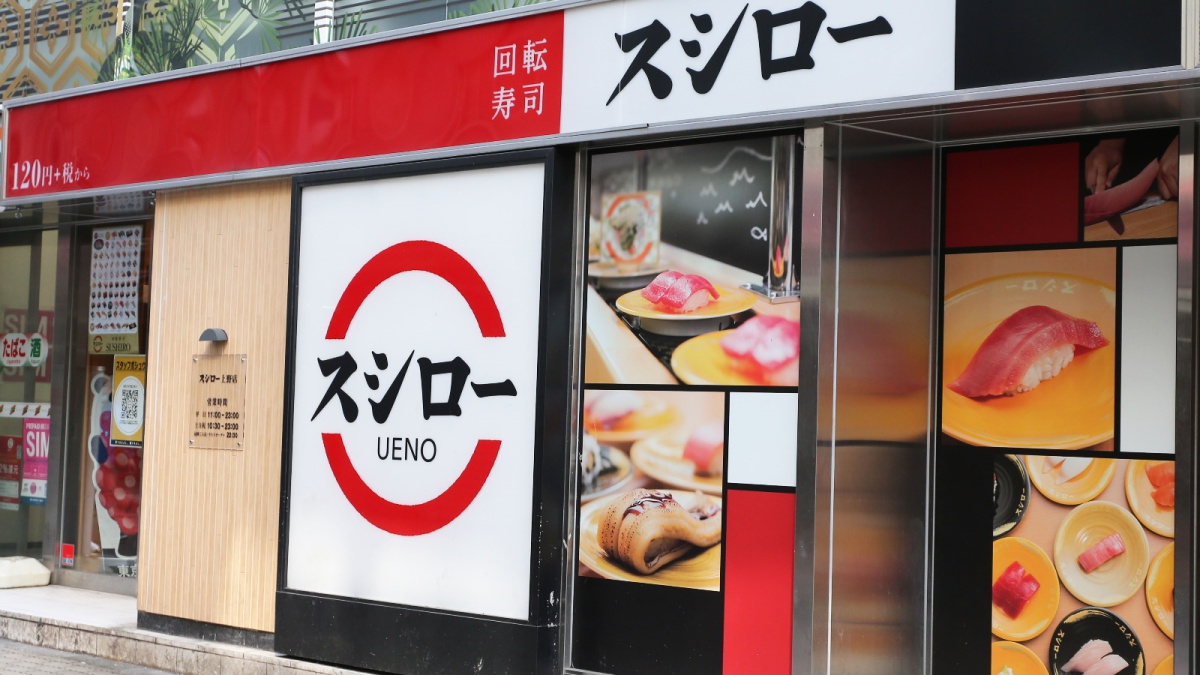
Sushiro bridge (of a ship)
Sushi restaurant in Chiba [SUSHILIVE comment] -


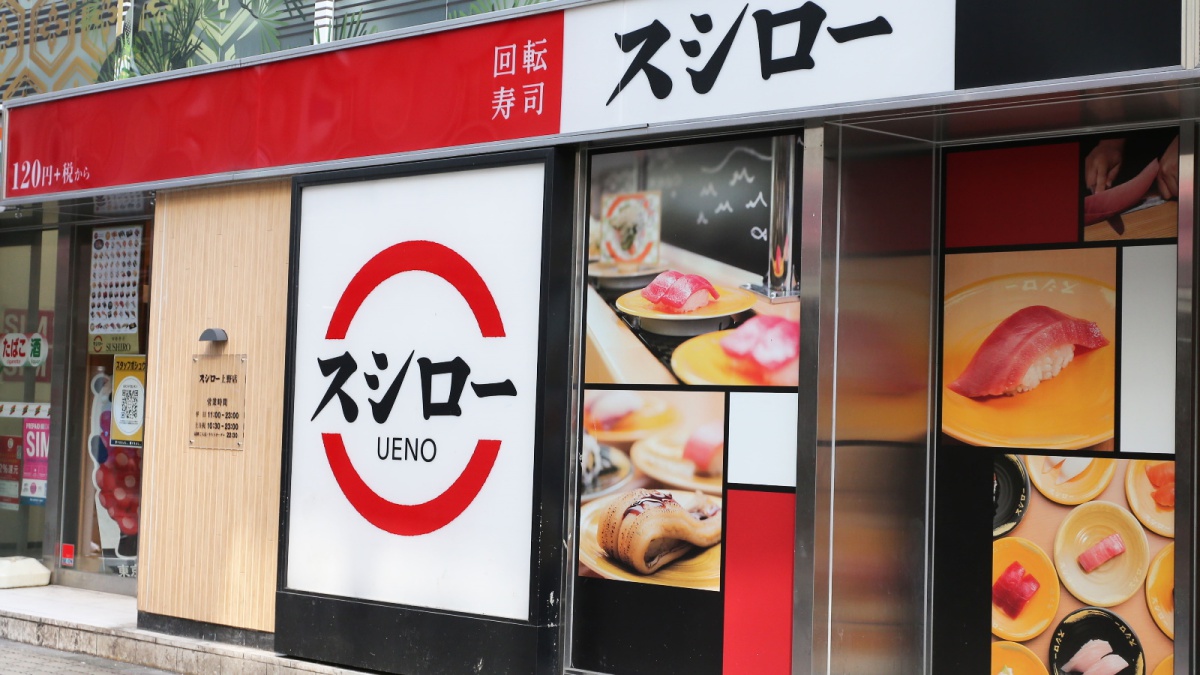
Sushiro Makuhari
Sushi restaurant in Chiba [SUSHILIVE comment] -


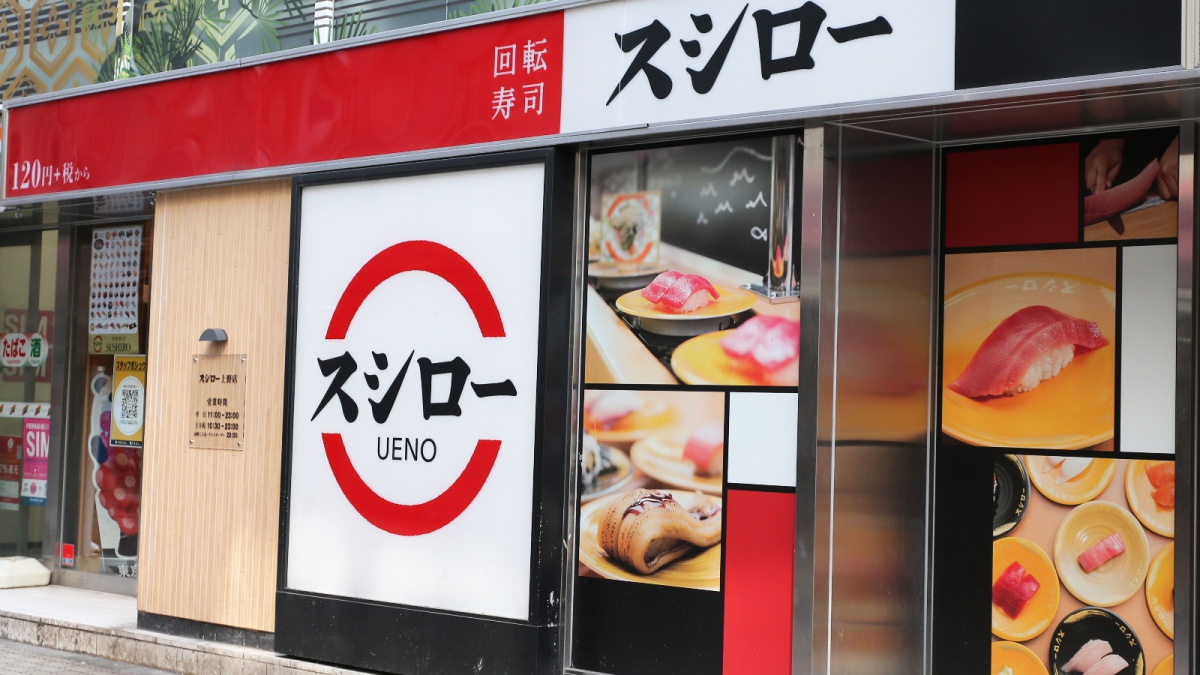
Sushiro Kashiwa
Sushi restaurant in Chiba [SUSHILIVE comment] -


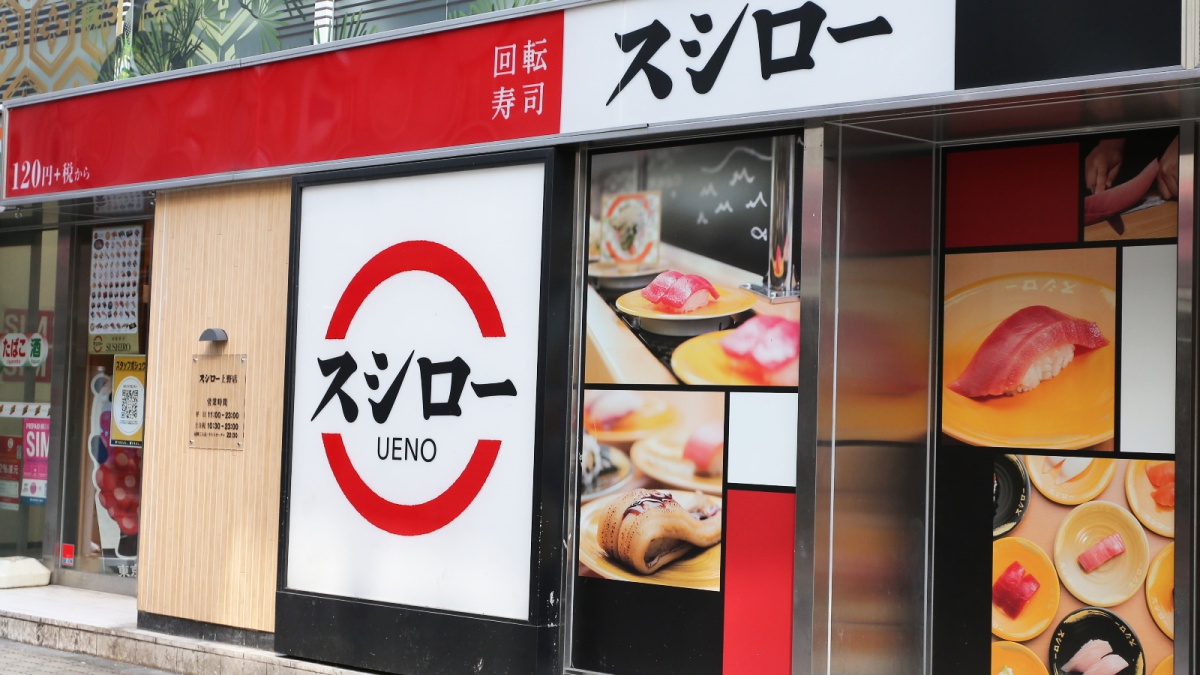
Sushiro Chiba temple
Sushi restaurant in Chiba [SUSHILIVE comment] -


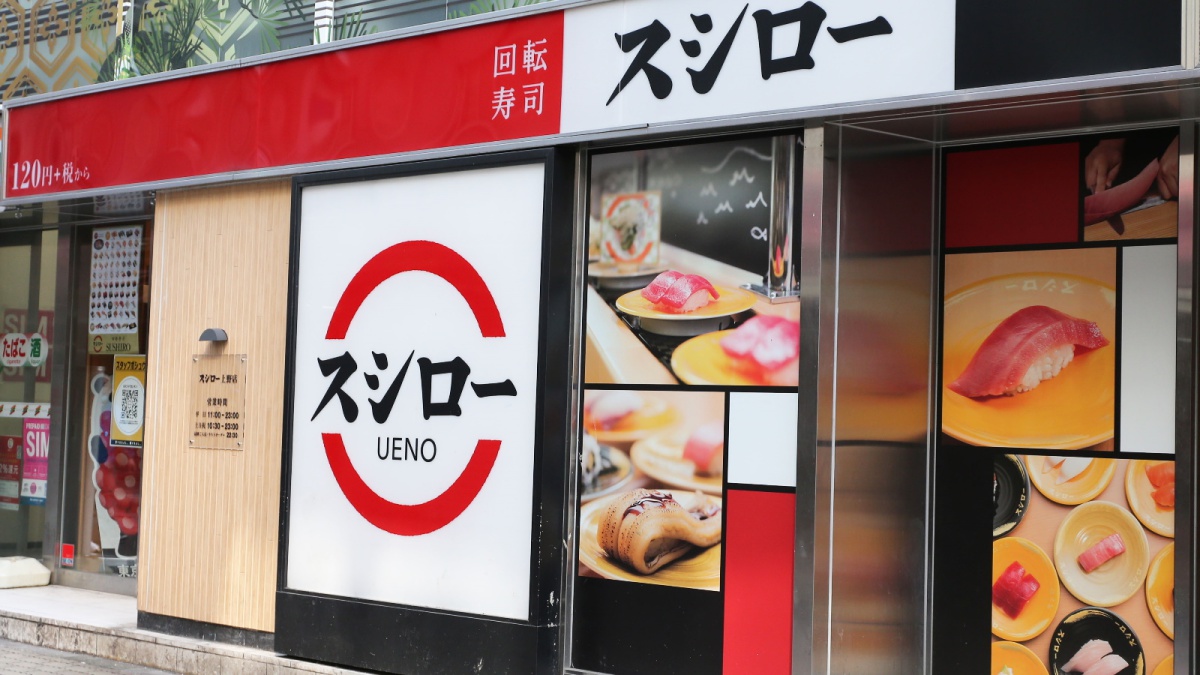
Sushiro wintersweet (Chimonanthus praecox)
Sushi restaurant in Chiba [SUSHILIVE comment] -


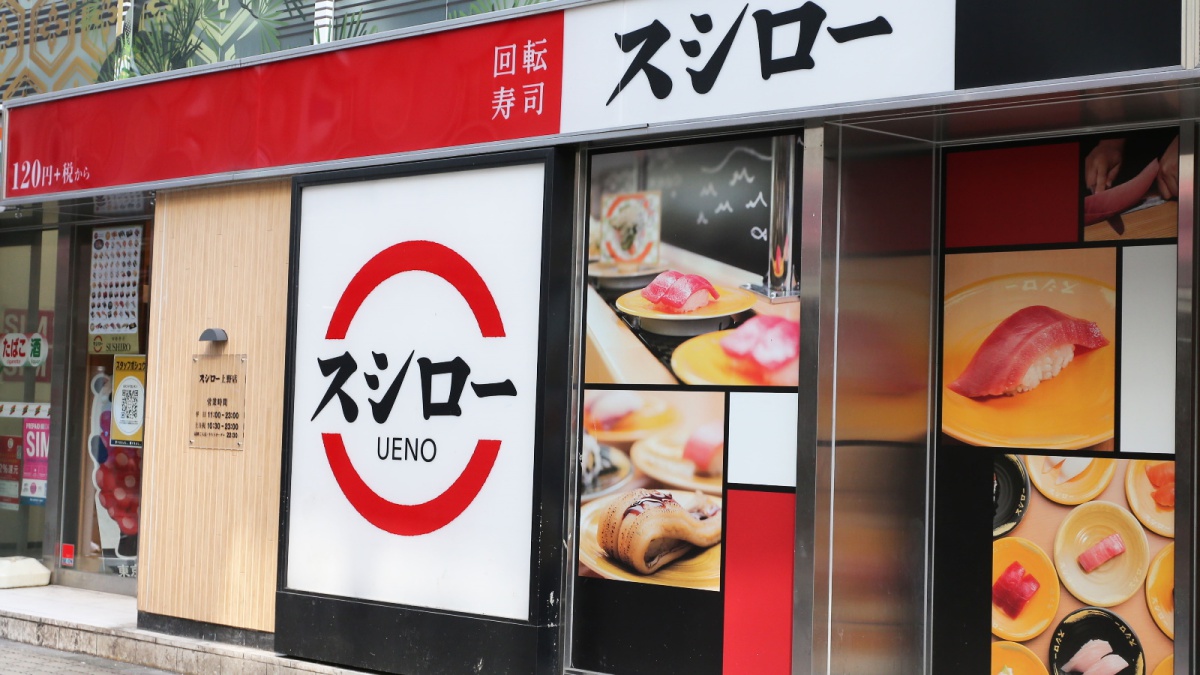
Sushiro Narita
Sushi restaurant in Chiba [SUSHILIVE comment] -


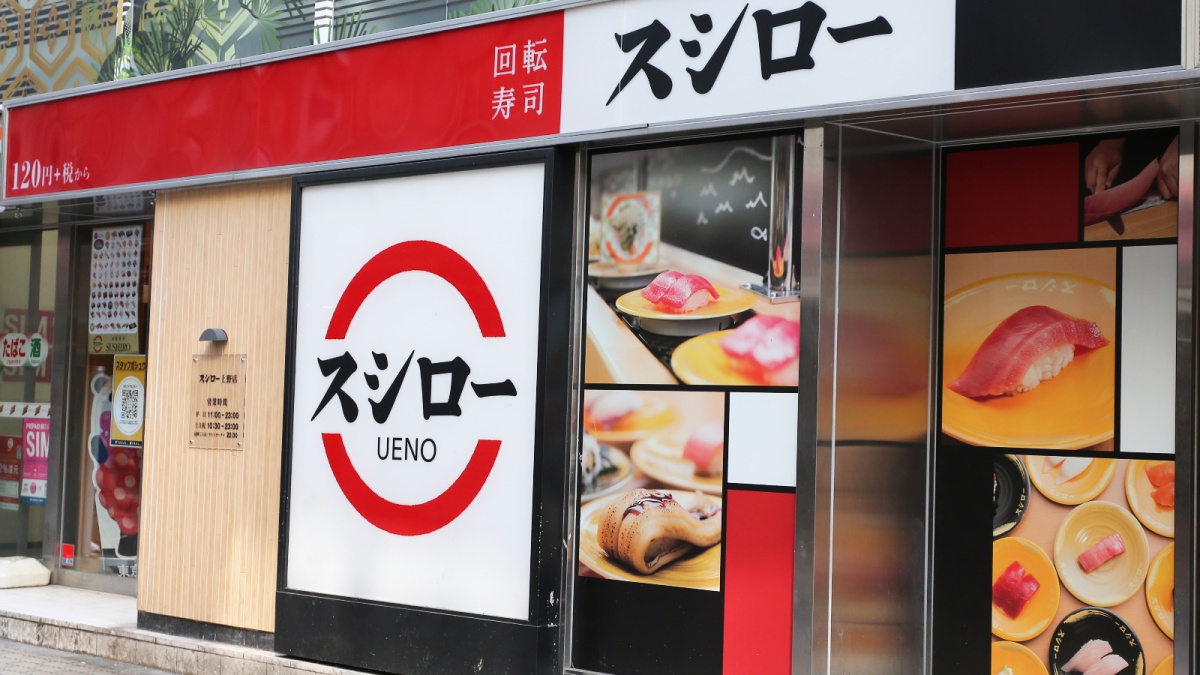
Sushiro Japanese alpine cherry (Prunus nipponica)
Sushi restaurant in Chiba [SUSHILIVE comment]
Characteristics of Chiba’s Cuisine
Vibrant Region Nestled Between Sea and Mountains: Chiba
Chiba Prefecture, blessed with a rich natural environment, is situated between Tokyo Bay and the Pacific Ocean, embracing the Boso Peninsula. The northern part of Chiba features the vast Kanto Plain, while the south is characterized by beautiful landscapes formed by mountains and coastlines.
This geographical diversity brings vitality to Chiba’s socio-economic scene. In agriculture, the warm climate and expansive lands are utilized for cultivating rice, vegetables, and fruit. The industrial sector, centered around the Keiyo Industrial Zone, has developed heavy and chemical industries such as petrochemicals, steel, and automobiles. In recent years, cutting-edge industries like IT and biotechnology have also gathered here, becoming new pillars of growth.
Leveraging its convenient transportation access to Tokyo, commerce and service industries are thriving in Chiba. While the population continues to grow as a bedroom community of the metropolitan area, it also attracts international tourists with popular beach resorts and theme parks.
Thus, Chiba is a vibrant region, blessed with a natural environment nestled between sea and mountains, and supported by a diverse industrial base. It aims to continue leveraging its charms for sustainable socio-economic development.
The Charm of Chiba, Nurtured by Sea and Mountains
Chiba’s history dates back to ancient times, with traces of human activity from the Paleolithic era. During the Jomon period, a unique culture developed, utilizing the bounty of the sea and mountains. In ancient times, despite the influence of the Yamato court, the Boso Peninsula formed its own cultural sphere.
The medieval period saw the arrival of the age of the samurai, with the Chiba clan ruling over the Boso Peninsula. During the Sengoku period, many warlords, including the Uesugi and Takeda clans, fought over Chiba. In the Edo period, under the Tokugawa shogunate, Chiba developed as an important economic base for Edo.
With the wave of modernization from the Meiji period onward, Chiba experienced industrial and commercial growth. After the war, its population surged as a bedroom town for Tokyo, and it has developed into a region where urban and natural environments harmonize.
Chiba’s Food Culture, Rich with Sea and Mountain’s Bounty
Chiba Prefecture is blessed with a rich natural environment surrounded by sea and mountains. It boasts a variety of ingredients and a traditional food culture cultivated by its history and culture.
The bounty of the sea includes a plethora of dishes made with fresh seafood. Famous dishes include “namerou” and “sanma no maruboshi” using sardines, horse mackerel, and mackerel caught off the Boso Peninsula, and “nama shirasu don” using whitebait from Kujukuri Beach.
The bounty of the mountains includes peanuts, taro, and sweet potatoes. Popular items include “peanut paste” and “peanut miso” made from peanuts, “nittokorogashi” using taro, and “dried sweet potato” made from sweet potatoes.
Additionally, Chiba has unique local cuisines. Futomaki sushi, with its colorfully arranged ingredients, is a representative local cuisine of Chiba. Hamaguri no sakamushi, steamed clams, is a traditional dish beloved in the Boso Peninsula.
Boso’s Bounty, Futomaki Sushi: The Sushi Culture of Chiba
Chiba boasts a unique sushi culture, epitomized by “futomaki sushi.” This type of sushi involves rolling ingredients into rice and wrapping them in seaweed. In Chiba, futomaki sushi has been a popular household and celebratory dish since the Edo period.
The diversity of ingredients is a hallmark of futomaki sushi. Typically, seven ingredients are used, reflecting the Seven Lucky Gods, but various ingredients are used depending on the region or household. Common fillings include gourd strips, shiitake mushrooms, kanpyo, egg, cucumber, sakura denbu, and dried tofu.
In recent years, the variety of futomaki sushi has expanded, including seafood, meat, and vegetable rolls. Specialty futomaki sushi shops are also increasing, further developing Chiba’s sushi culture.
When visiting Chiba, be sure to savor futomaki sushi. It offers a taste of Boso’s bounty and Chiba’s traditional culture.
The Bounty of Sea and Mountains: Chiba’s Specialty Products
Chiba Prefecture, with its rich natural environment facing Tokyo Bay and the Pacific Ocean and encompassing the Boso Peninsula, is known for its diverse specialty products derived from the bounty of the sea and mountains.
From the sea, fresh seafood is renowned. Popular items include “namerou” and “sanma no maruboshi” made with sardines, horse mackerel, and mackerel from the Boso Peninsula, and “nama shirasu don” using whitebait from Kujukuri Beach.
From the mountains, agricultural products such as peanuts, taro, and sweet potatoes are extensively cultivated. “Peanut paste” and “peanut miso” from peanuts, “nittokorogashi” using taro, and “dried sweet potato” from sweet potatoes are popular.
Additionally, Chiba is home to unique specialty products. Futomaki sushi, with its vividly arranged ingredients, is a representative specialty of Chiba. Hamaguri no sakamushi, steamed clams, has been a traditional favorite in the Boso Peninsula for a long time.
Chiba, with its bounty of sea and mountains, offers a variety of attractive specialty products. Be sure to explore and enjoy the rich offerings of Chiba when you visit.

